We all know the benefits of breastfeeding for your baby’s growth and development, but you probably don’t know about all of the other brilliant things you can use breast milk for.
From using breast milk as a skincare product to an alternative natural medicinal, here’s how you can put that golden liquid to good use – whether you’re breastfeeding or using a breast pump.
Breast milk uses:
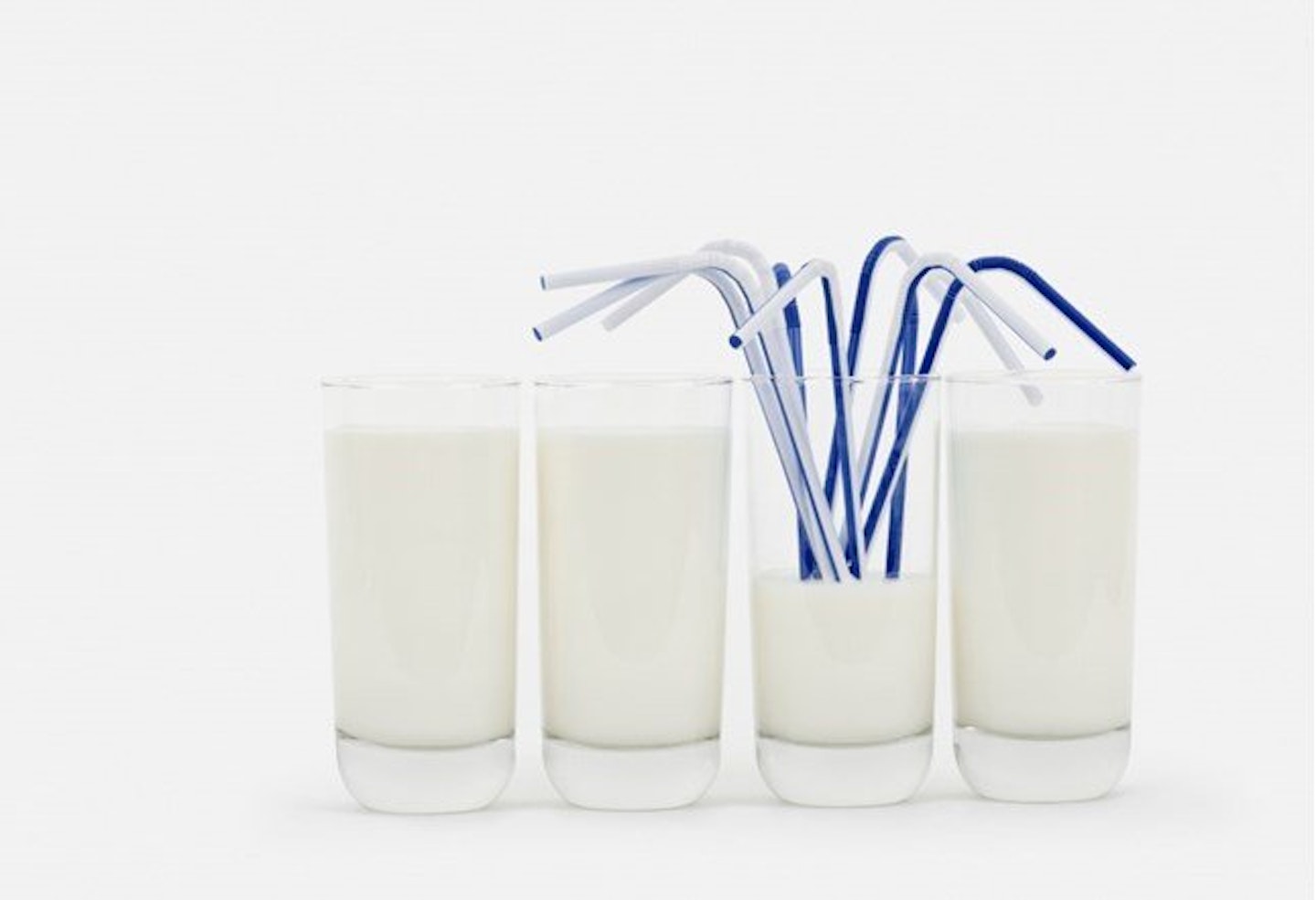 1 of 12
1 of 12Sore throat soother
Breast milk’s antibacterial properties can help soothe sore throats. If you can face it, drink a glass or gargle for the same effect.
 2 of 12
2 of 12Ear treatment
A few drops of breast milk administered into the entrance of your baby’s ear canal can help clear up her ear infection. ‘Breast milk is an effective and fast acting alternative for sinus infections and as ear infections as it’s filled with antibodies,’ says breastfeeding expert Geraldine Miskin.
 3 of 12
3 of 12Eye treatment
Apply a small amount of breast milk to a cotton wool pad and dab it around your baby’s eye contour to help soothe pink eye and sties.
 4 of 12
4 of 12Apply to cracked, sore nipples
Breast milk’s healing benefits can be used for breastfeeding in more than one – you can dab it around your nipples to soothe them once you’ve finished your baby’s feed.
 5 of 12
5 of 12Sunburn
Although the idea of rubbing your breast milk all over your and your baby’s skin may seem a little odd, it could help relieve sunburn symptoms. It’s gentle on the skin and may help it heal.
 6 of 12
6 of 12Nappy rash
Just like breast milk can help soothe your sore nipples, it may also help heal your baby’s nappy rash. Just rub a small amount onto the affected a few times a day.
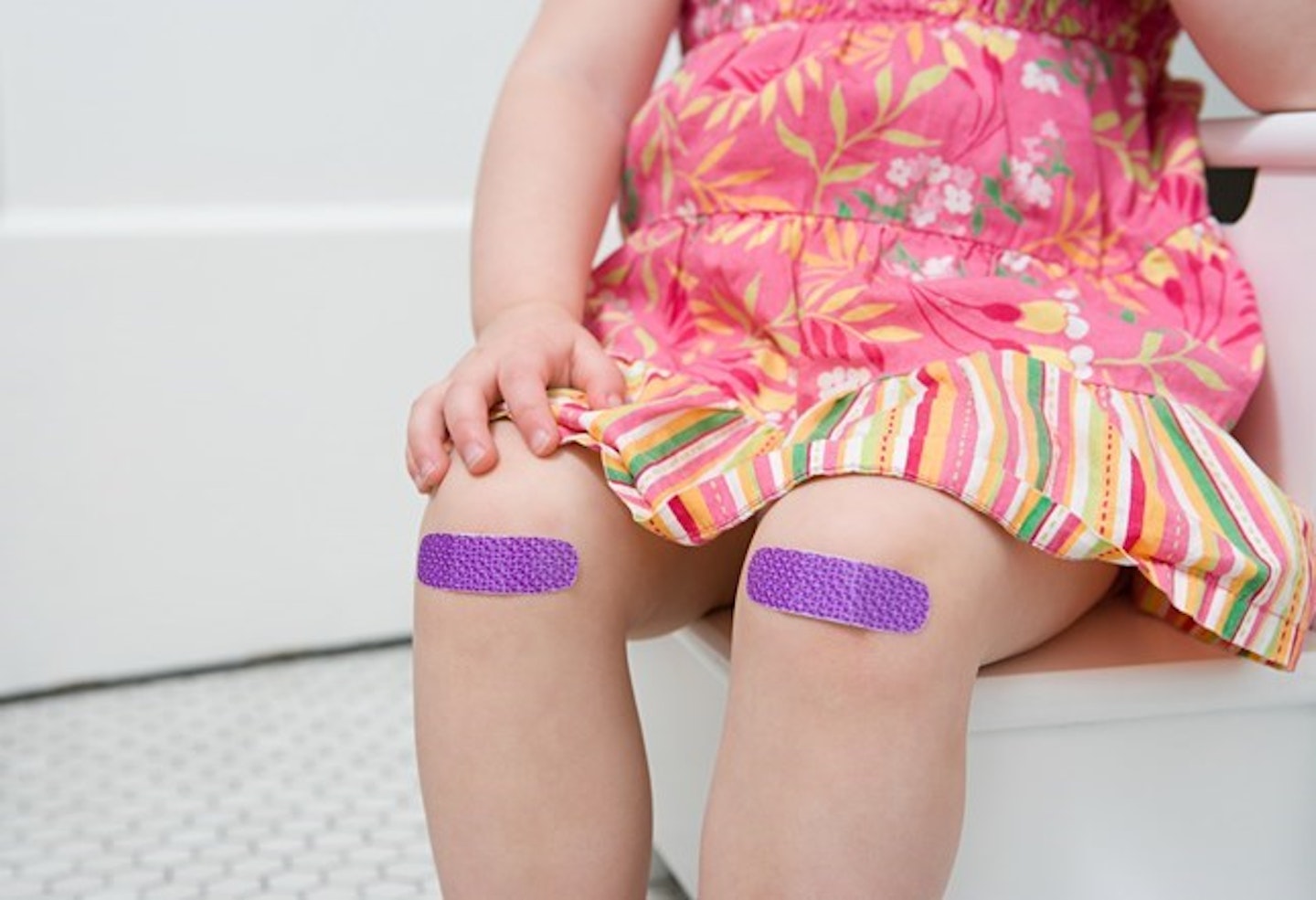 7 of 12
7 of 12Cuts and scratches
Because it’s sterile and has antiseptic, antibacterial and healing properties, breast milk can be used to disinfect small open wounds – without the sting!
 8 of 12
8 of 12Cradle cap
Some mums swear by using breast milk to help get rid of cradle cap. Massage a little into your baby’s scalp – there’s no need to wash it off.
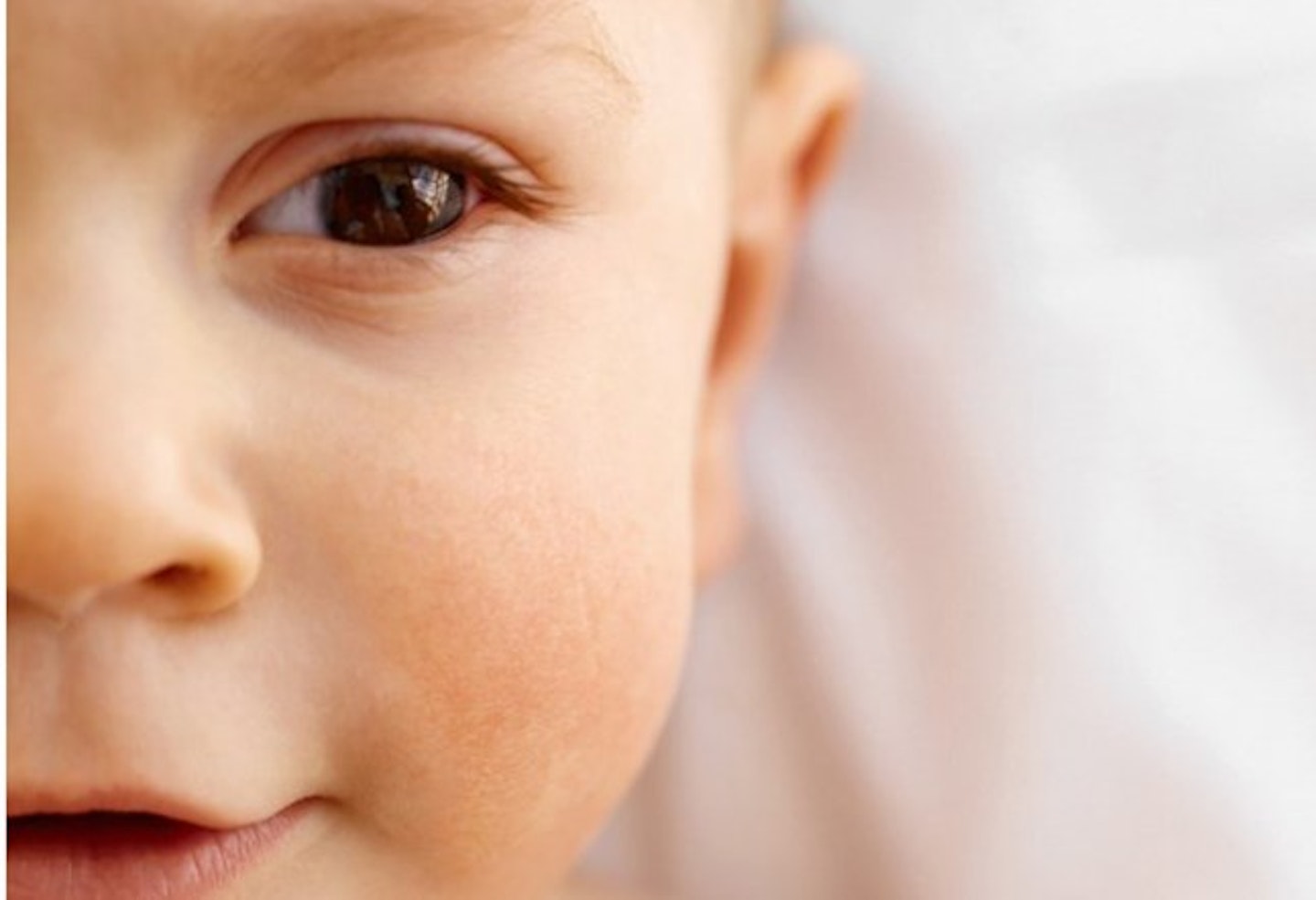 9 of 12
9 of 12Eczema
You can use breast milk as a moisturiser because of it’s healing properties. You may want to wash it off after using though, as it might be quite sticky. ‘Some mums also make soap out of breast milk when their baby has very sensitive skin or baby eczema to help soothe affected areas,’ says Geraldine.
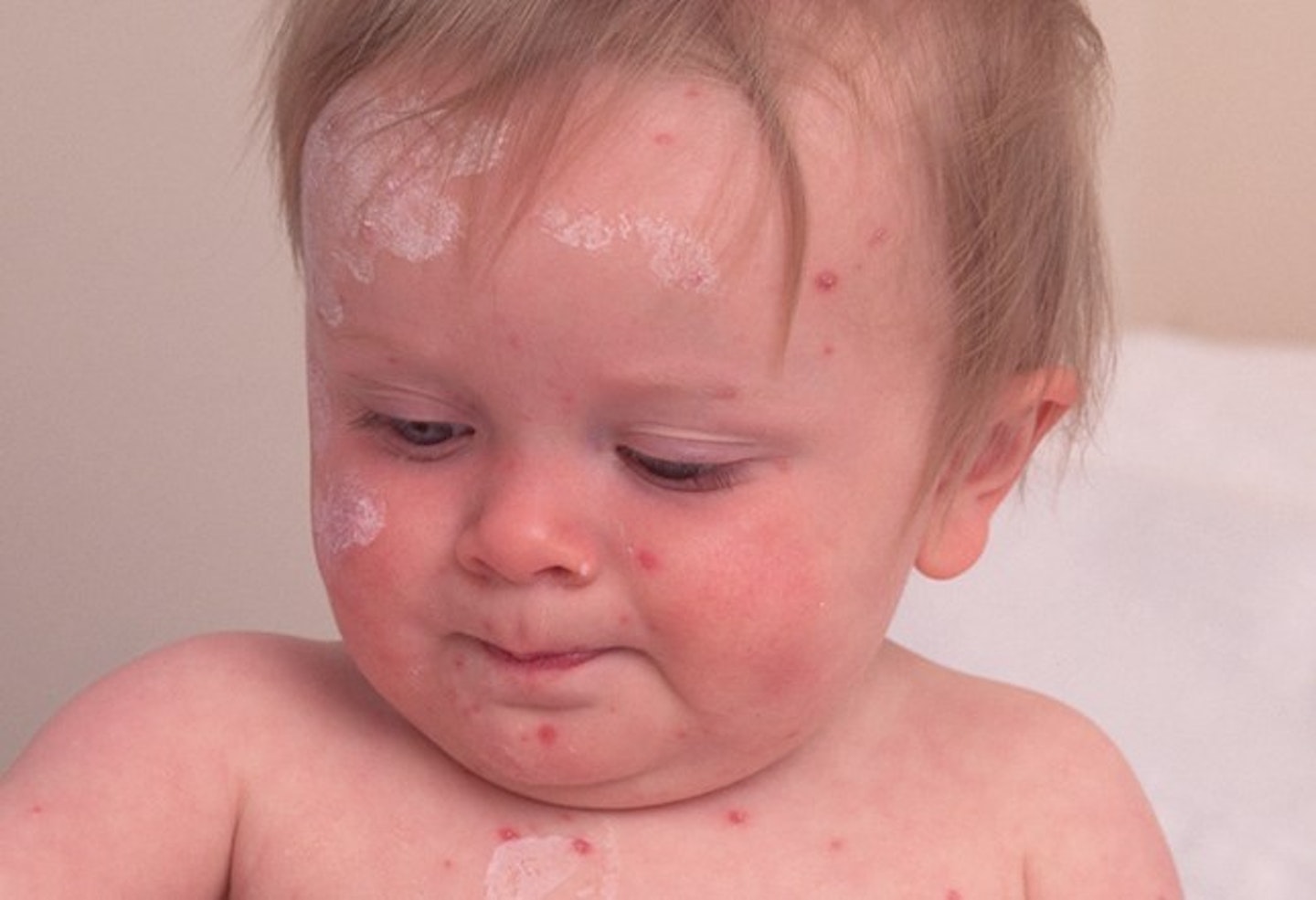 10 of 12
10 of 12Chicken pox
Just as you would apply any other cream or lotion, you can rub your breast milk in your baby’s skin to relieve the itching that comes with chicken pox.
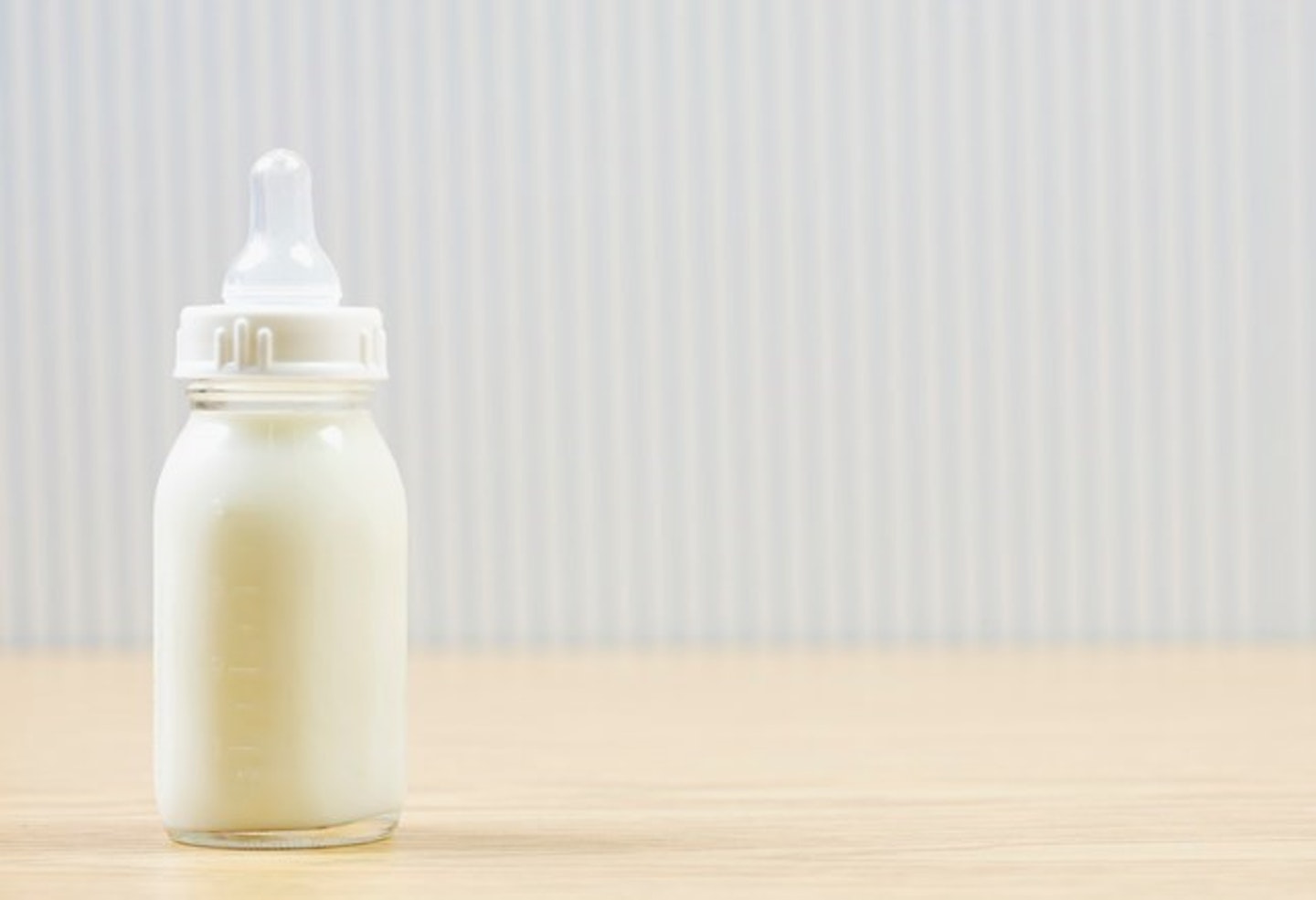 11 of 12
11 of 12Donate it
If you don’t fancy using your milk for anything aside from baby feeding, you can donate it to breast milk banks to allow mums unable to provide their own milk to give it to their baby. There are some milk banks in UK hospitals, run by small teams of nurses attached to the neonatal units. Even as little as a tablespoon can provide up to 15 feeds! Find out more by visiting the United Kingdom Association for Milk Banking.
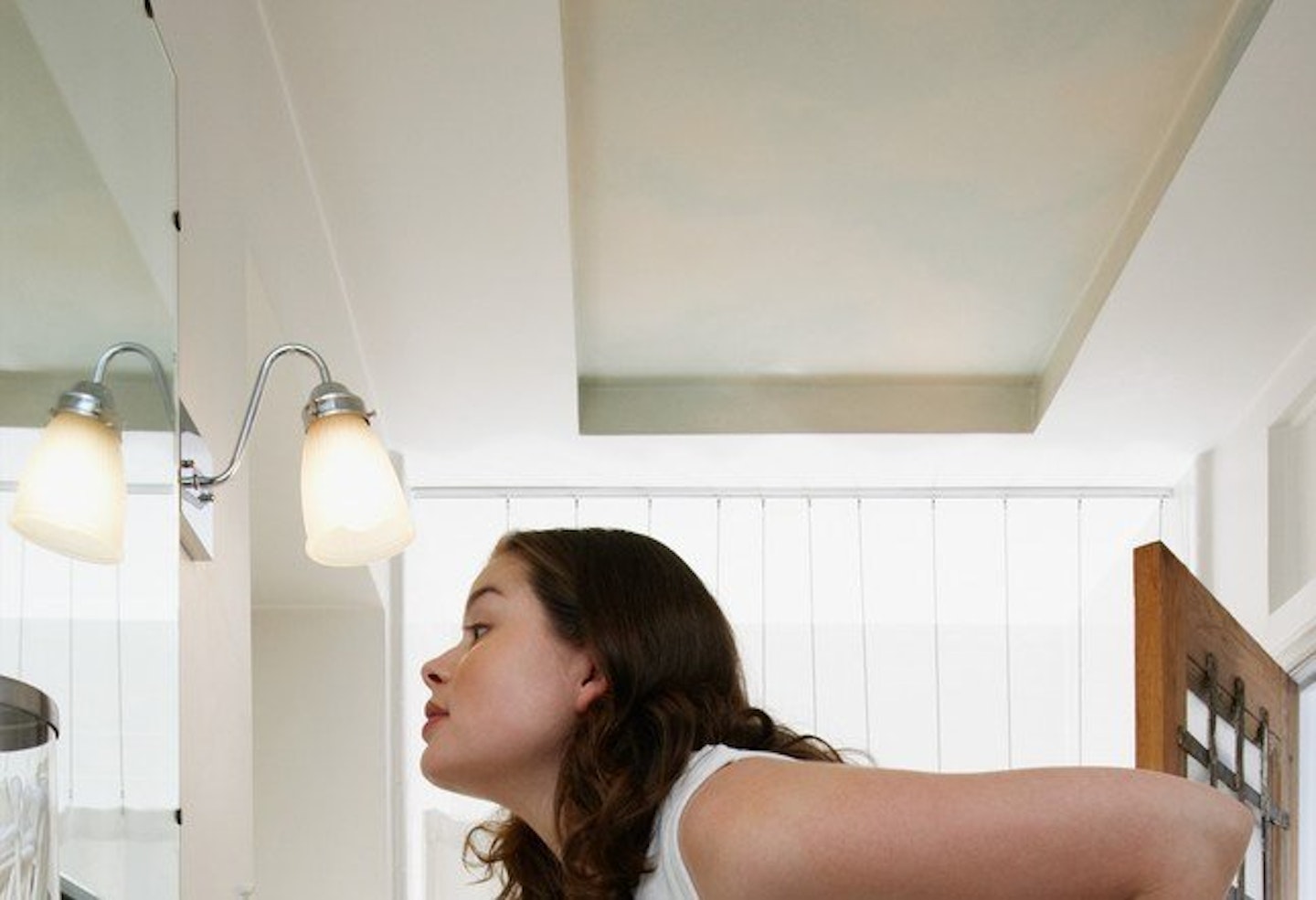 12 of 12
12 of 12Facial treatment
Some mums use their breast milk to help soothe their adult acne or skin conditions as it’s antibacterial and can help clear up your complexion. Simply apply your milk to your face and wipe clean.
Have you tried any of the above? Let us know on Facebook or Twitter!
